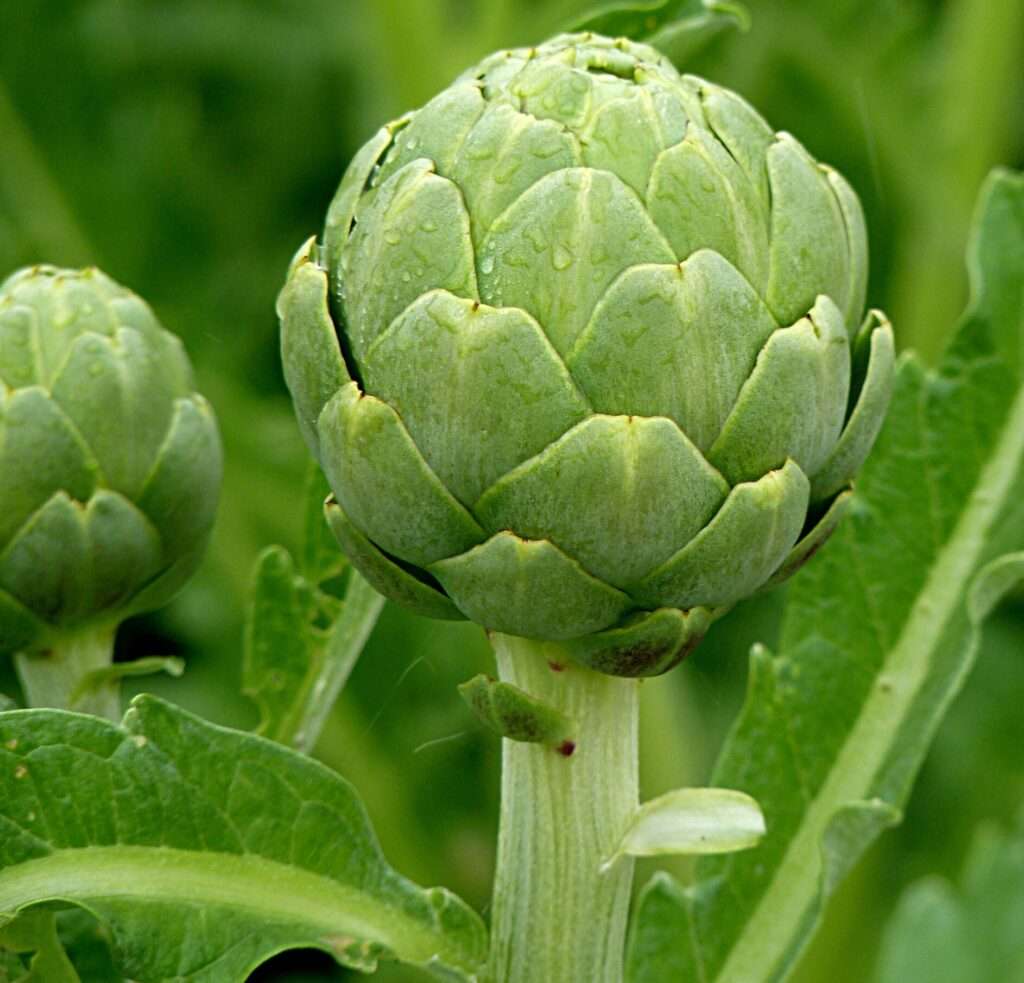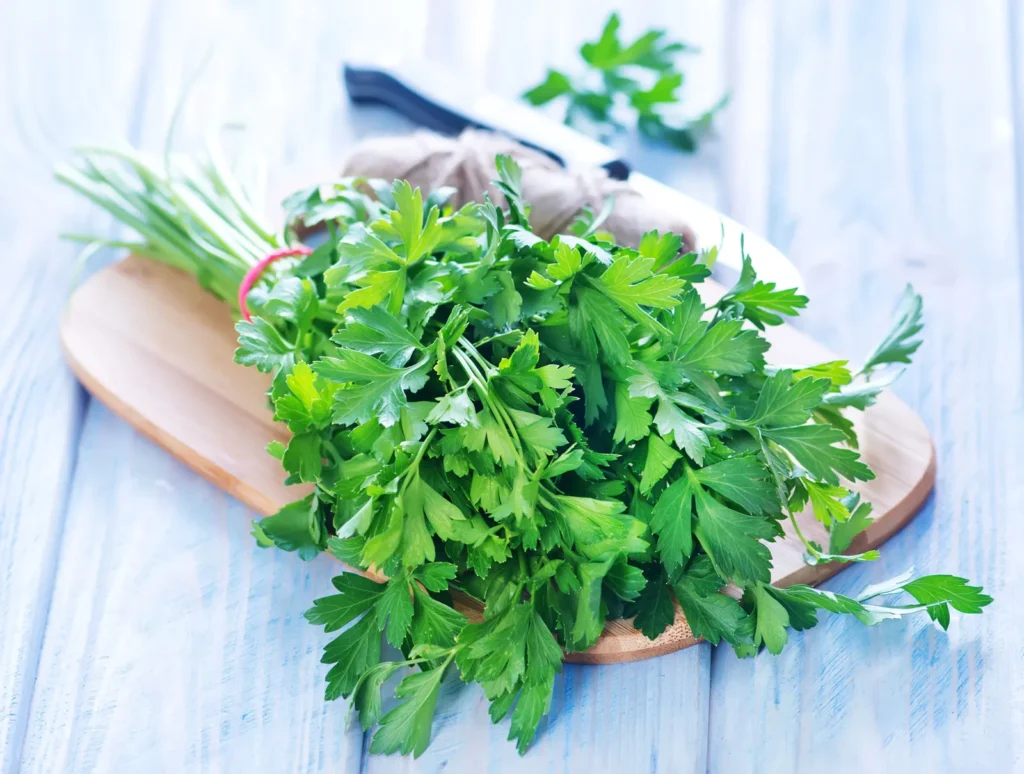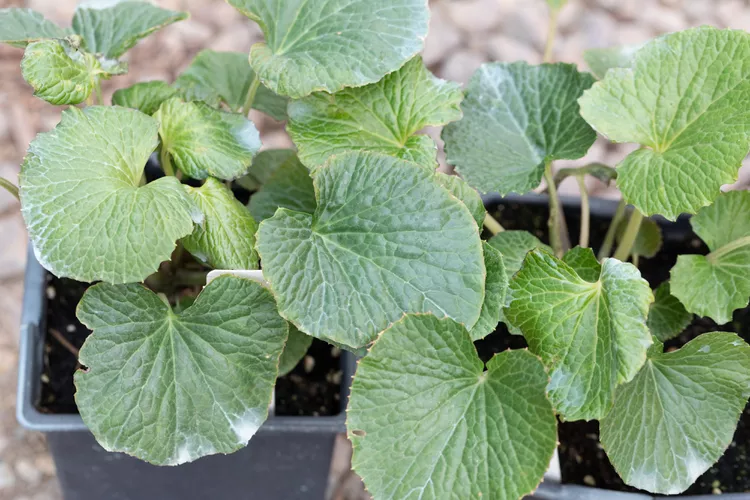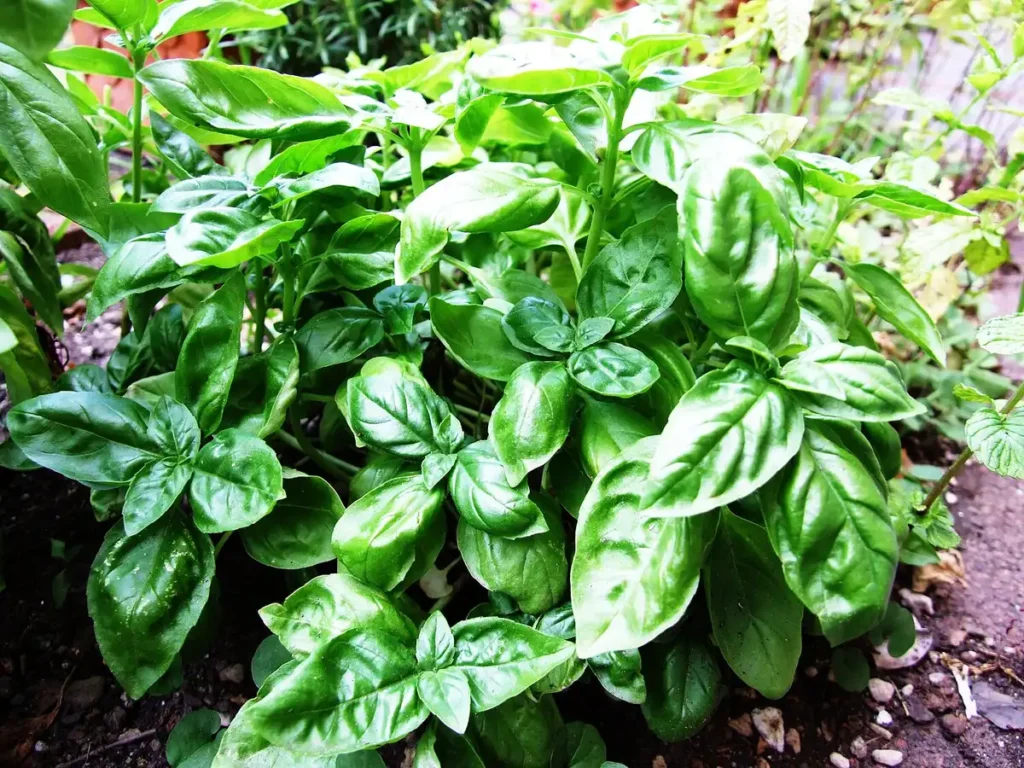
Description
Herbaceous perennials, artichokes (Cynara scolymus) belong to the Asteraceae family, which also contains sunflowers, dandelions, and thistles. In warmer climates, they are short-lived perennials; in cooler climates, they are typically planted as annuals.
The main purpose of growing artichokes is to gather their tasty flower buds before the flowers open. The long, curved leaves of artichokes have a silvery-green hue. The leaves appea r velvety, yet they can be rather thorny. The stems of the plants are fleshy and thick.
r velvety, yet they can be rather thorny. The stems of the plants are fleshy and thick.
The components of the plant that are sold in produce aisles are the flower buds. The soft, delicious “heart” of the artichoke is located in the base of the blossom. Artichoke flowers are unexpectedly fragrant purple thistles that resemble domes or muffs when they open up to bloom on the plant.
Habitat
California, South America, and the Mediterranean region are the three places where artichokes are grown. They also thrive in the north in sunny, wind-sheltered spots with sandy soils.
Uses
Another popular culinary component is artichokes. It has ingredients that help lessen gas, spasms, and nausea and vomiting. It has also been demonstrated that these substances decrease cholesterol and shield the liver. Artichokes are frequently used to treat high blood fat or cholesterol levels as well as dyspepsia.
Varieties
Here are a few top-notch artichoke varieties:
“Big Heart” is a heat-tolerant, thornless cultivar.
The cultivar most frequently grown commercially in California is called “Green Globe,” yet it is not as tolerant of less-than-ideal growth conditions. Yields high-quality buds. Also referred to as “Vert Globe.”
“Imperial Star” is a versatile plant that grows easily from seed and has been developed to be an annual. Bears spineless, four-inch-wide buds. It is advised that gardeners in zones 6 and below use this variety.
Chefs love the delicate Italian heirloom known as “purple of Romagna.”
An Italian heirloom known as “Violetto” is highly valued for producing dozens of tiny side shoots.
Plant Care
- Light
Full sun is ideal for artichokes to grow. The flower buds will suffer, but they can withstand mild shade.
- Soil
Sandy, well-drained, but fertile soil is preferred by artichokes. The ideal soil pH is slightly alkaline. Ideal soil is slightly sandy (think Mediterranean). In locations where the roots will be overwintered, adequate drainage is especially important to keep the roots from decaying. But during the hot summer months, the soil needs to be able to hold onto water long enough for the roots to absorb it.
It’s crucial to improve the soil before planting artichokes as perennials to guarantee healthy growth in subsequent years. Consider growing your artichokes in raised beds if the soil in your garden is not very good.
- Water
For optimal growth, artichokes require a lot of moisture. When planting artichoke plants, give them a thorough irrigation, and repeat the process once or twice a week. For buds to form, the soil has to be moist. Water helps establish strong root systems that will support the plants and maintains flower buds fleshy and tender.
- Temperature and Humidity
Warm climates, like those in California and the Mediterranean region, are preferred by this plant. Premature blooming of the plant is caused by excessive heat. As perennials, artichokes prefer climates with cold, rainy summers (70–80 degrees Fahrenheit) and warm winters (50–60 degrees Fahrenheit). Applying a thick layer of mulch at the base of the plants will help keep the soil cool and prevent the plants from flowering too soon in extremely hot conditions.
- Fertilizer
Since artichokes are strong feeders, fill the planting hole with aged manure or compost before planting. As an alternative, you can spread an organic fertilizer that is balanced during planting season. During the growing season, give the plants occasional feedings.
Table





